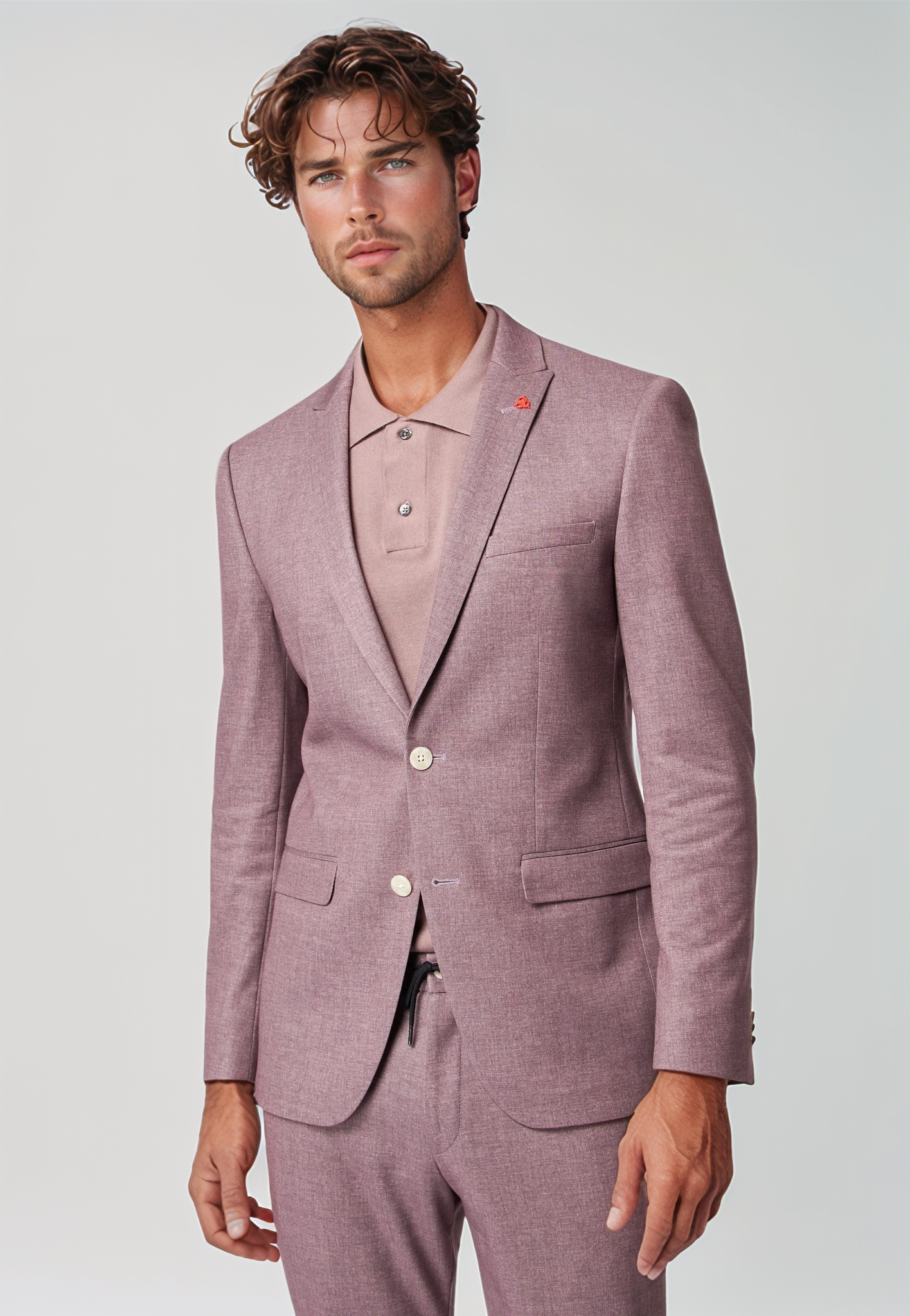
How to Buy a Tailored Suit: A Comprehensive Guide
Purchasing a tailored suit is more than just a shopping experience—it's an investment in quality, style, and personal expression. With the right approach, you can ensure that your tailored suit not only fits perfectly but also enhances your overall look. In this guide, we’ll explore everything you need to know about buying a tailored suit, from understanding the process to making the right choices for your needs.
Understanding the Benefits of a Tailored Suit
H2: Why Choose a Tailored Suit?
A tailored suit offers several advantages over off-the-rack options:
Perfect Fit: Tailored suits are designed to fit your exact measurements, providing unparalleled comfort and style.
High-Quality Materials: Tailors use premium fabrics that contribute to the durability and luxurious feel of the suit.
Personalized Style: You can customize every detail, from lapel style to button choice, ensuring the suit reflects your unique taste.
The Tailoring Process
H2: Step-by-Step Guide to Buying a Tailored Suit
1. Research and Choose a Tailor
Reputation: Look for tailors with a strong reputation for quality and service. Online reviews and recommendations from friends can be helpful.
Portfolio: Review the tailor’s previous work to ensure their style aligns with your preferences.
2. Initial Consultation
Discuss Your Needs: Share your requirements and preferences with the tailor. This includes the suit’s purpose, style, and any specific features you want.
Fabric Selection: Choose from a range of high-quality fabrics. Consider factors like weight, texture, and color.
3. Measurements
Accurate Measurements: The tailor will take detailed measurements to ensure a perfect fit. This includes chest, waist, hip, and sleeve measurements.
Fit Preferences: Discuss your fit preferences, such as slim or relaxed, to ensure the suit complements your body type.
4. Design and Customization
Choose Details: Select design elements such as lapels, pockets, and buttons. Tailors often offer a range of options to personalize your suit.
Try-On Sessions: Most tailors will provide fittings throughout the process to make adjustments and ensure the suit fits perfectly.
5. Final Fitting and Delivery
Check Fit: During the final fitting, check the suit for comfort and style. Ensure that all adjustments are made to your satisfaction.
Delivery: Once everything is perfect, the suit will be ready for delivery. Enjoy the process of receiving a suit that is uniquely yours.
Factors Influencing the Cost of a Tailored Suit
H2: Key Factors Affecting Price
1. Fabric Quality
Premium Materials: High-quality fabrics such as wool, cashmere, or silk contribute to a higher cost. Consider your budget and fabric preferences.
Fabric Source: Fabrics from renowned regions or brands may be more expensive but often offer superior quality.
2. Customization
Design Features: Additional features such as custom linings, embroidery, or unique button choices can increase the cost.
Personalization: Extensive personalization and intricate details will add to the price.
3. Tailoring Expertise
Experience Level: More experienced and highly skilled tailors may charge higher rates. Their expertise can ensure a superior final product.
Bespoke vs. Made-to-Measure: Bespoke suits, which involve multiple fittings and extensive customization, generally cost more than made-to-measure options.
4. Construction and Craftsmanship
Handmade vs. Machine-Made: Handmade suits are usually more expensive due to the craftsmanship involved.
Internal Construction: Features like full canvassing or hand-stitched seams contribute to durability and can affect the price.
5. Additional Costs
Accessories: Custom accessories such as shirts, ties, and pocket squares can add to the overall cost.
Alterations and Shipping: Additional alterations or international shipping may incur extra charges.
Making the Most of Your Tailored Suit Experience
H2: Tips for a Successful Purchase
1. Budget Wisely
Set a Budget: Determine how much you are willing to spend and find a tailor who can work within your budget while still offering quality.
Evaluate Cost vs. Value: Ensure that the cost of the suit aligns with the value it offers in terms of materials, craftsmanship, and customization.
2. Communicate Clearly
Detail Your Preferences: Clearly communicate your style preferences and any specific requirements to the tailor to achieve the best results.
Ask Questions: Don’t hesitate to ask about fabric options, design features, and the tailoring process.
3. Be Patient
Allow Time for Fittings: Tailoring a suit is a process that requires time. Allow for multiple fittings to ensure the best fit and finish.
Expect Quality: Remember that a tailored suit is an investment in quality and style. Patience during the process will result in a suit that truly meets your expectations.
 English
English  Deutsch
Deutsch  Español
Español  Français
Français  Português
Português  日本語
日本語 




